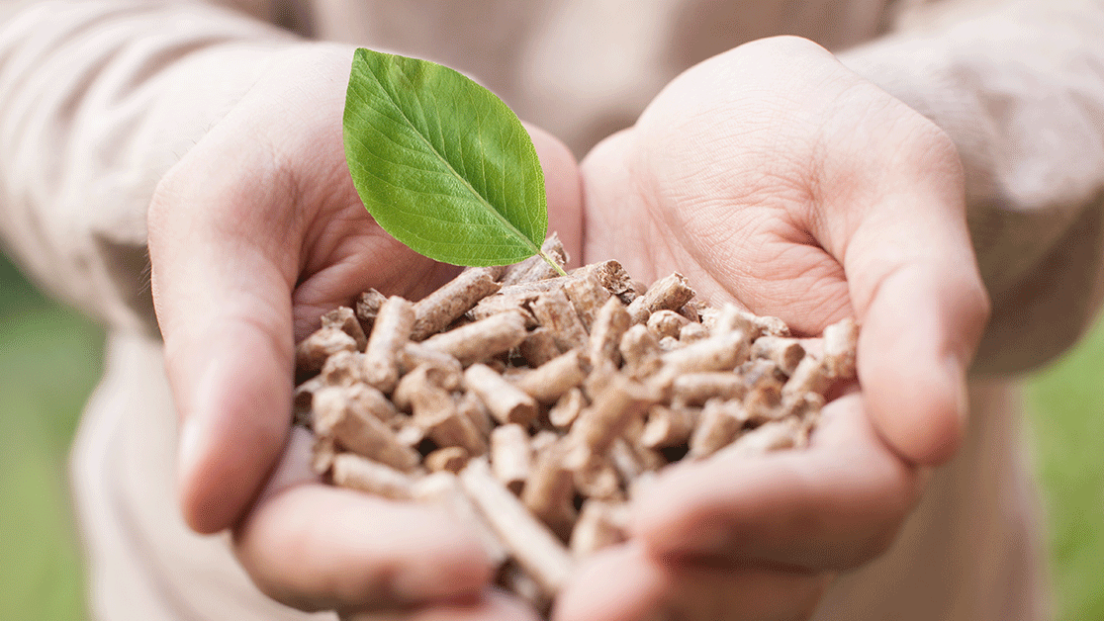Biomass plant produces electricity and gas

EPFL researchers have developed the optimal configuration for biomass plants. It can produce either electricity or natural gas flexibly and depending on requirements. It can also save both. This bridges production gaps in other weather-dependent power sources.
A team of researchers from the Group of Energy Materials ( GEM ) in Sion, which is part of the Swiss Federal Institute of Technology in Lausanne ( EPFL ), conducted a two-year study on the optimal configuration of biomass systems. As EPFL is now reporting , they have developed a method by means of which local biomass flows can be integrated into power grids and gas pipelines.
Your system can be used to generate and store electricity and natural gas. It can be particularly useful in conjunction with other local but weather-dependent renewable energy systems such as solar panels and wind farms by closing any gaps in electricity production. Their models were calculated on the basis of a Danish and an Italian case study.
“Our goal was to develop an effective approach to grid balancing that relies more on renewable energies,” explains study leader Maria Perez Fortes. “Electricity is consumed when the supply is high (to store it as gas) and generated when the supply is low.” This is why the team decided to use reversible solid oxide cells, “the only technology that seamlessly between Can switch electricity and gas generation ".
The GEM scientists specialize in this technology, which can both store electricity as methane (Power2Gas) and convert the methane back into electricity – with high yields in both directions. As stated in the communication, their method could optimize electricity and gas distribution networks and their coupling, ensure a continuous power supply and enable utilities to manage their systems more efficiently.